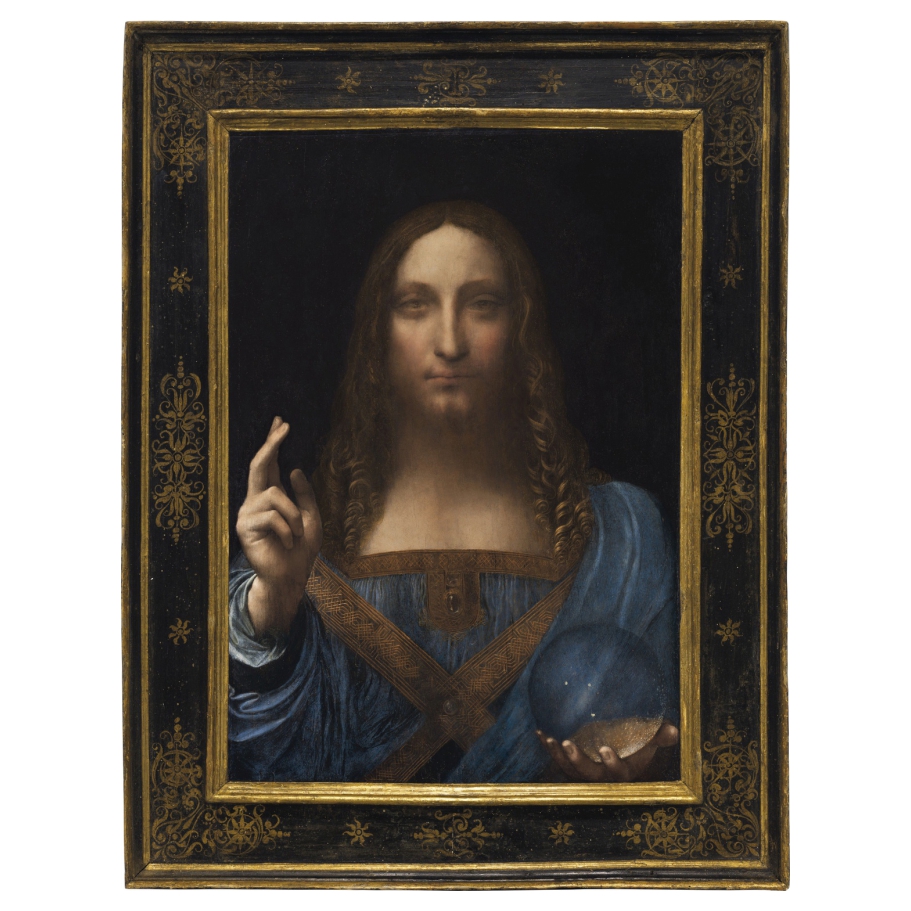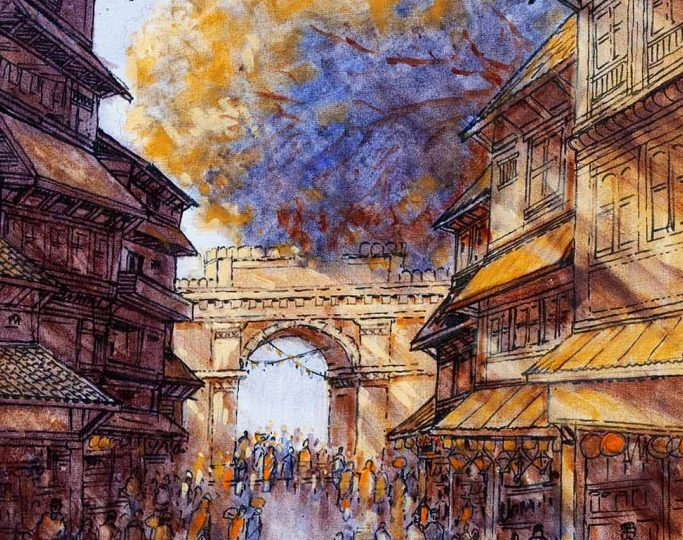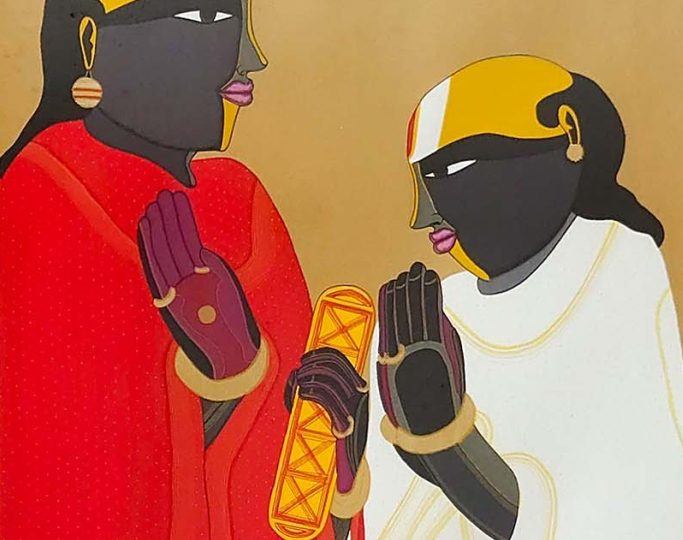The Artist
Leonardo da Vinci is often celebrated as one of the greatest artists of all time, particularly by certain historians and Western media. While this claim might hold true, especially when considering the astronomical prices his works command in today’s market, the true value of his artistry and authenticity continues to be a subject of debate.
The Painting and Unnecessary Concerns

Portrait of Leonardo da Vinci. Courtesy of Britannica

Salvator Mundi. Courtesy of Wikimedia Commons
Breaking Boundaries for Soft Power
Salvator Mundi was likely intended for personal devotion, similar to other panels of its size and subject in the sixteenth century. However, it will now serve as a tool for national branding, with its history and details prominently displayed alongside it much like the case of the Mona Lisa. This branding strategy, leveraging fine arts along with other cultural elements, exemplifies the progressive approach of the 21st century, provided the sanctity and sacredness of the work are preserved, regardless of its geographical location.
This approach also promotes inter-religious and racial harmony, encouraging the exchange of philosophies, theories, views, and thought processes, ultimately broadening the perspectives of visitors and beyond. The painting should not be seen merely as a museum piece; it holds the potential to achieve wonders beyond the art and cultural space. The fact that the collector spent approximately INR 3750 crore (making it the most expensive work ever sold at auction) underscores the intangible value of fine art, which can yield tangible benefits. This is the power of fine arts, a concept that many people need to appreciate. Destroying or neglecting art and culture may not have immediate consequences, but it will have significant long-term effects, much like the subtle yet harmful impact of excessive social media use.
Museums should be established, and every country should showcase its soft power. It’s baffling why India lags in this area. Perhaps it’s because we are confident in our vast reservoir of art and culture, believing it will naturally be discovered by connoisseurs. But what about those who lack exposure due to limited access and education? Perhaps such efforts could draw them toward arts and culture, benefiting the country in the same way sports and movies do.
Investment in Art: A Wise Decision?
The investment potential of a significant piece of art is undeniable. Sir Francis Cook, 4th Baronet, sold Salvator Mundi at auction in 1958 for £45 (607.50 INR in 1958), mistakenly attributing it to Leonardo’s pupil Giovanni Antonio Boltraffio. Today, the painting is valued at over INR 4000 crore or even considered priceless, as the current owner has no intention of selling it, instead using it for a much larger purpose. This single investment in art could yield priceless returns, not just financially but also with significant social, cultural, and political impact, while positioning his country on the global map for generations to come.
Beyond Art: Branding and Marketing
According to The New York Times, more than 27,000 people saw Salvator Mundi in person before the auction, the highest number of pre-sale viewers for an individual work of art, according to Christie’s. Approximately 4,500 people stood in line to preview the work in New York the weekend before the sale. The sensationalism surrounding the painting after the sale led to its widespread discussion in popular culture and online discourse. As Brian Boucher described, “the internet went a little bonkers” in response to the sale, leading to sarcastic and humorous comments and memes on Twitter, Instagram, and other social media sites. Very soon, Broadway musicals, documentaries, and playwrights were announced, which is a common practice in the U.S. and European nations to scale up and present their culture as global soft power.
However, it seems that Asian countries lack this dynamic presentation of their culture and traditions. In India, for example, what happens when we discover a 500-year-old idol or a rare painting? Often, not much. It’s akin to how generational wealth often prefers to remain understated, while new money tends to create a lot of noise. However, as my marketing friends often say, “Jo dikhta hai woh bikta hai”—what is visible sells. Whether it’s art, culture, or consumer products, this principle holds true, and it’s something that the collector, MBS of Saudi Arabia, is capitalizing on.
Text © Chaitya Dhanvi Shah





